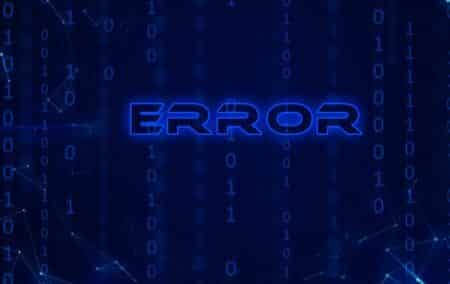Some immediately come to mind: I would say tomato sauce and ice cream; one of my friends swears by peanut butter and olives on a sandwich. There’s always siphoning petrol in the dark and lighting a match to see, and, of course, nails on a chalkboard.
To these, I would add another: the South African government and IT systems.
Back when President Ramaphosa announced in a State of the Nation Address that South Africa would soon be embarking on a project to construct a number of ‘smart cities’, the obvious joke was that these cities wouldn’t work because we don’t have any electricity.
Imagine for a moment – and I know it requires an almost sci-fi level of suspension of disbelief – but imagine we had enough electricity to build our smart cities. The inevitable next problem would be when you log onto the website of the smart city and you get that dreadful message ‘requires internet explorer 4 or higher to work correctly’ or when you head down to the bullet train to travel to work and are told, ‘system is down’.
Our government is ever enthusiastic about new computerised systems and apps to bring government into the 21st century, but with the exception of the SARS e-filling website (still a bit clunky but it seems to work) almost every single IT-based innovation usually ends up falling flat on its face.
Take for example the eThekwini Municipality’s Revenue Management System (RMS) project, which was begun in 2003, and was not completed until 2016 … and overran its budget by 666%. The problem is not confined to KZN either.
Johannesburg has been struggling for years with a billing crisis, as residents across the city are often incorrectly billed exorbitant amounts for water and electricity. The city’s solution back in 2014/2015 to this ongoing problem was to go high tech, and so it began rolling out ‘smart meters’ across the city. Supposedly these meters would ‘contribute to billing accuracy, as consumption is monitored in real time and estimated readings will no longer be required’.
Double billed
It didn’t take long for complaints to begin rolling in, about how these meters simply didn’t work, and that people still received estimates on their utility bills. In other cases, people without problems suddenly developed them, being double billed every month.
The general nature of government’s IT problem is immediately evident whenever one has the misfortune of having to use a government website. Immediately one is met with clunky design, where the picture of the minister is plastered right in front of you, and rotating photo rolls display squashed images advertising long past ‘Women’s Day’ celebrations or speeches.
They are also filled with ancient, outdated information, contact addresses which never work, or pages which are unfinished (as the banner on one Gauteng provincial government page proudly declares ‘Placeholder for creative image’[1]). And then of course there are the websites which just don’t open.
In Gauteng the bold step was taken to allow people to use the National Traffic Information System to book the renewal of their driver’s licences. You simply go onto the site and select when and where to renew your licence, with no more wasted time and energy or need to take a whole day off work to stand in a queue at the licensing department. Brilliant, wonderful, easy! Except that it doesn’t work.
First, the site gives one limited options booking an appointment, when you do get your booking, and show up at the department, it becomes clear very quickly that the ‘appointment’ system doesn’t really exist. No one checks the times and at most you will be asked to tick your name off on a list of everyone who booked an ‘appointment’ that day.
There are a thousand other examples of government IT systems failing utterly and completely.
Billions are spent
This is despite the billions spent by all levels of government on IT systems. For example, national government announced at the start of this year that ‘general public services’ will get R2.4 billion to modernise computer systems over the next three years. Across all levels of government, billions are spent on implementing new high-tech solutions which often go nowhere.
Next to our education system, IT is arguably where our government gets some of the least bang for its buck.
What should we take away from all this?
IT systems are not going away, of course; government will increasingly need to use apps, websites, and online tools to interact with the citizenry. However, the problem, here, is one of ambition. IT systems are complex and often require dedicated maintenance and monitoring in order to function. My own personal experience suggests that what is promised for any IT system in the design phase is often beyond what the actual developers will be able to do, given time and money constraints.
This is not only an ANC problem, either. The DA is very keen on high-tech solutions and any post-ANC government will be tempted to go all out on modernising all our systems to bring government into the future. While I’m sure a better-run government could do better with IT, I think it’s clear from our experience thus far that getting the basics right, making small jumps rather than large leaps, is the right approach to bringing government into the modern age.
One day we may hope to avoid hearing that dreaded phrase, ‘System is down’.
If you like what you have just read, support the Daily Friend
[1] https://www.gauteng.gov.za/Departments/DepartmentDetails?departmentId=CPM-001006

